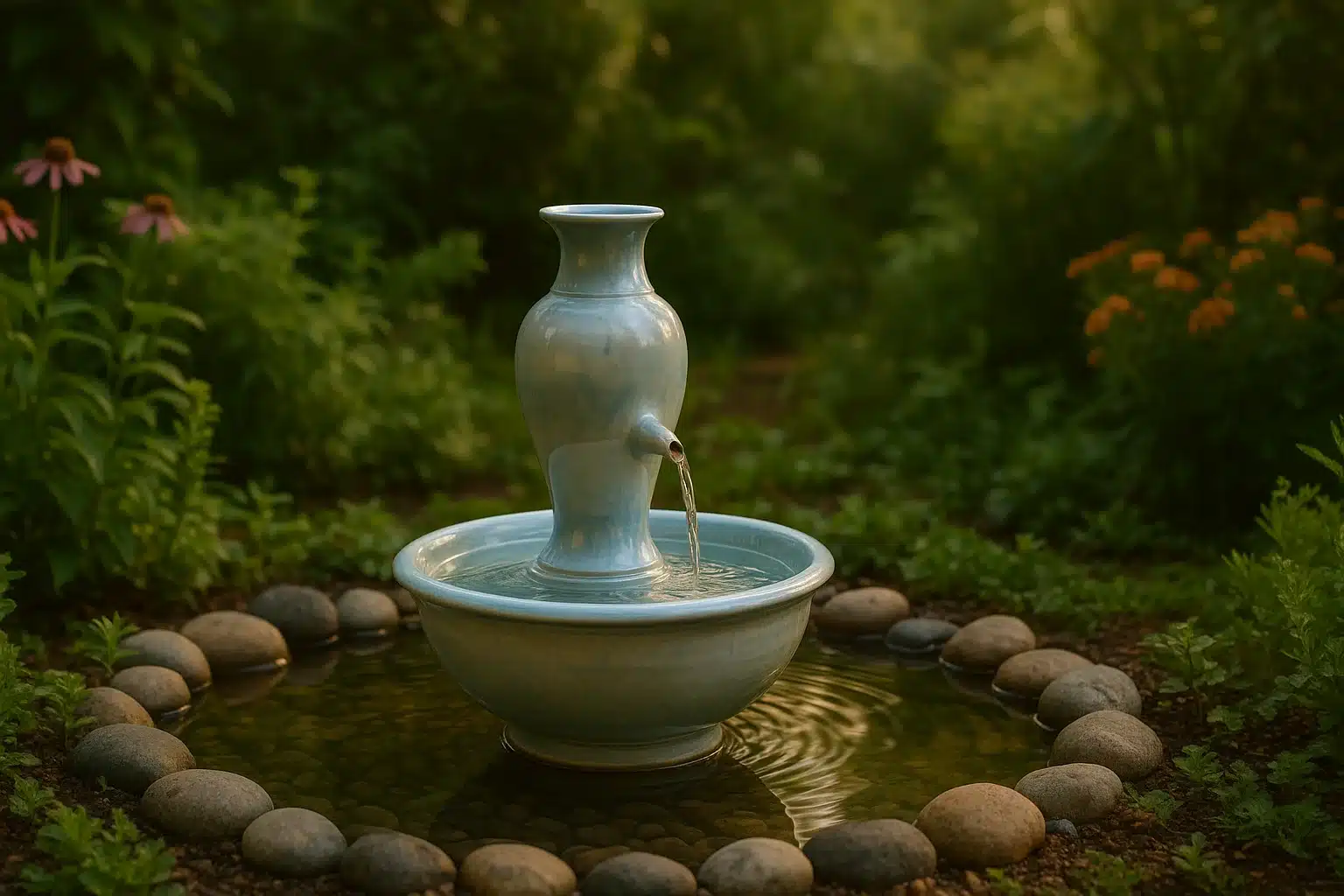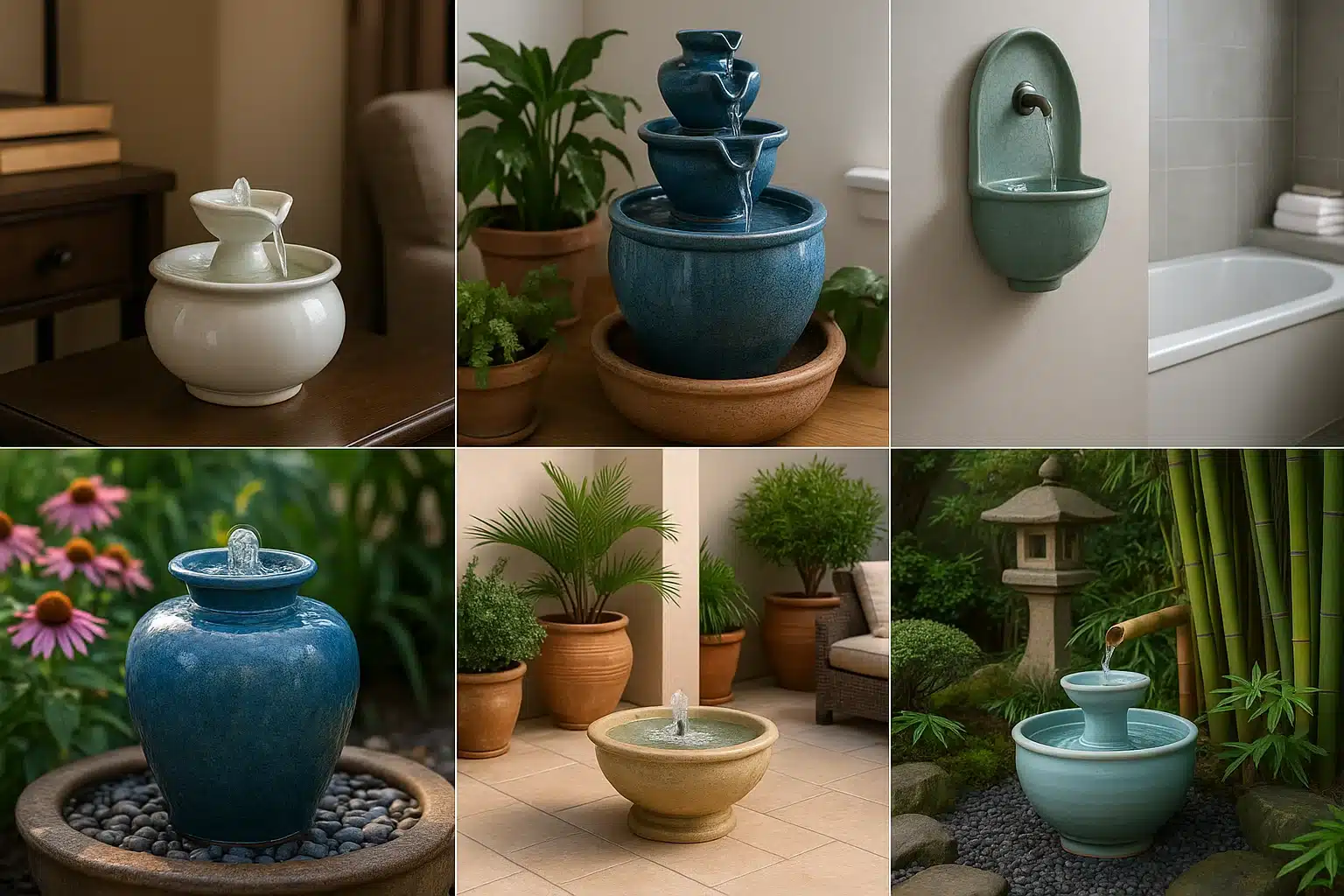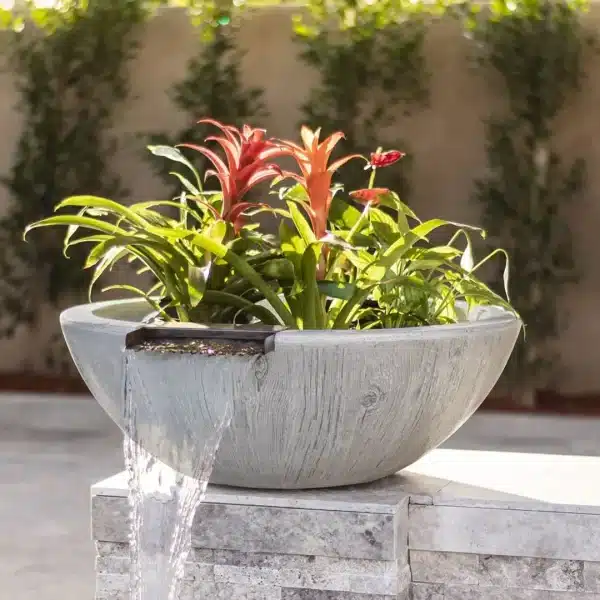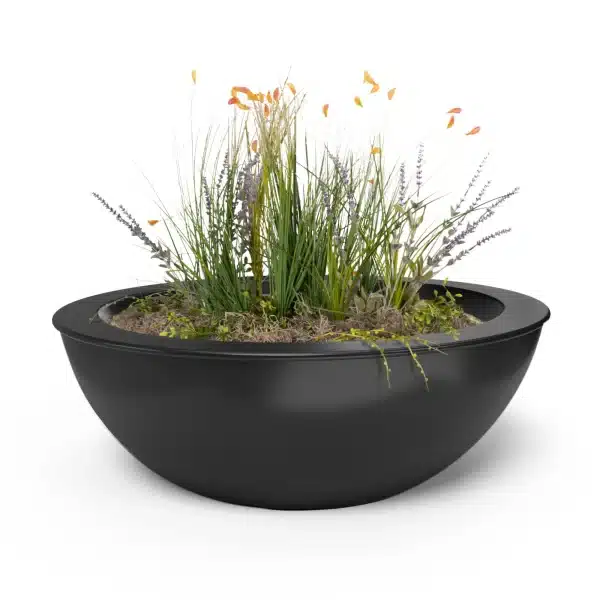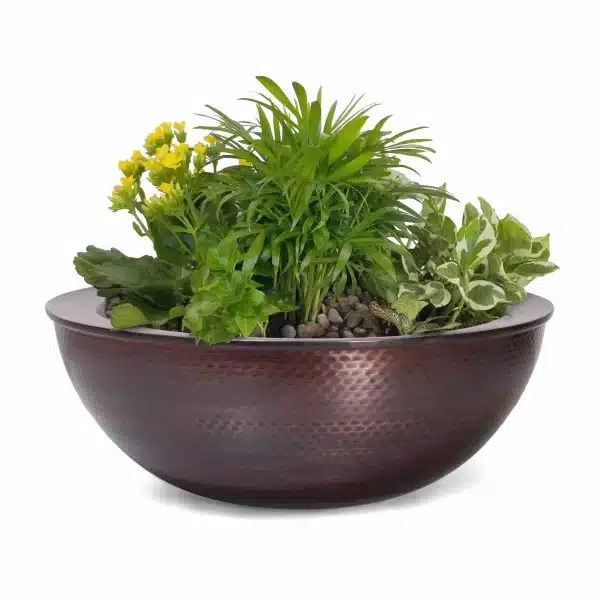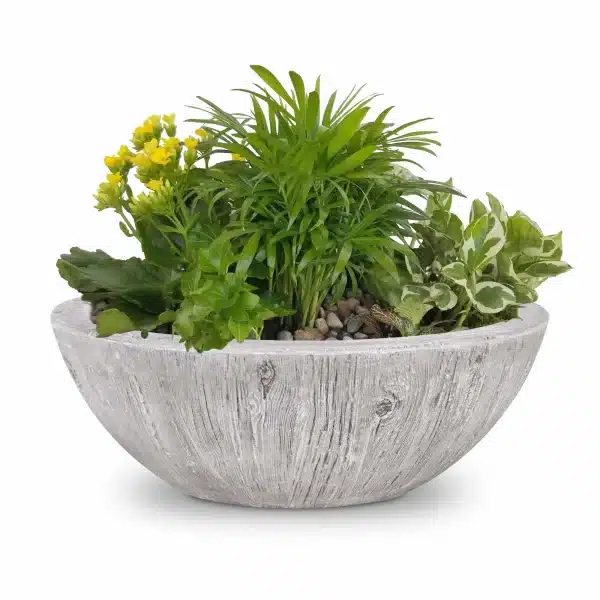Introduction: The Grace of Porcelain and Ceramic in Water Features
Few design elements embody timeless elegance like porcelain and ceramic fountains. Their delicate glazes, hand-painted artistry, and smooth finishes transform ordinary spaces into tranquil sanctuaries. Whether used as a tabletop accent, a patio centerpiece, or an indoor wall-mounted feature, these fountains represent both artistry and functionality.
Unlike heavy stone or metal counterparts, porcelain and ceramic fountains bring a refined, almost fragile aesthetic that complements traditional, modern, or eclectic décor. Yet, beneath the delicate surface lies surprising strength, provided they are well-cared for.
This article explores why porcelain and ceramic fountains have captivated homeowners and designers for centuries, the beauty they bring to spaces, and the essential care tips to keep them flowing gracefully for years.
The Allure of Porcelain and Ceramic Fountains
1. Artistic Craftsmanship
Porcelain and ceramic have long been associated with fine art. Many fountains in these materials feature hand-painted motifs, intricate glazing techniques, and textures that elevate them from simple water features to decorative heirlooms. Designs can range from minimalist whites and blues to elaborate patterns reminiscent of Asian or Mediterranean traditions.
2. Smooth and Elegant Finishes
One of the hallmarks of porcelain and ceramic is their glossy, polished surfaces. This sheen reflects sunlight or indoor lighting beautifully, highlighting the fountain’s curves and rippling water. Unlike stone fountains, which emphasize rugged natural textures, ceramic creates a sleek, modern look.
3. Versatility in Size and Placement
Porcelain and ceramic fountains are available in a wide variety of sizes. Small tabletop designs bring gentle water sounds into living rooms or offices, while larger standing fountains create a striking focal point in entryways or gardens. Their versatility allows them to adapt seamlessly to indoor and outdoor spaces alike.
4. Cultural and Historical Significance
Historically, porcelain and ceramic artistry has roots in Chinese, Persian, and European traditions. From Ming dynasty porcelain to Italian majolica, the artistry of ceramics has symbolized wealth, refinement, and attention to detail. Incorporating such fountains into modern spaces continues this legacy of cultural appreciation.
Why Choose Porcelain or Ceramic Fountains?
Lightweight Compared to Stone
Porcelain and ceramic fountains are significantly lighter than stone or concrete, making them easier to move, install, or rearrange. This mobility is ideal for renters, frequent redecorators, or seasonal displays.
Affordable Yet Luxurious
While handcrafted porcelain can be expensive, many ceramic fountains are affordable while still offering luxury appeal. The price range allows homeowners to find something that fits their budget without sacrificing beauty.
Easy Customization
Glazes and paints make porcelain and ceramic fountains easier to personalize. Many artisans offer custom patterns, color palettes, or shapes, allowing homeowners to match the fountain to their interior design theme.
Low Environmental Impact
Ceramic and porcelain are made from natural clays, which makes them more eco-friendly than many synthetic materials. Choosing artisanal, small-batch fountains further reduces environmental impact compared to mass-manufactured options.
Practical Care Tips for Porcelain and Ceramic Fountains
While stunning, porcelain and ceramic require thoughtful care to preserve their beauty. Here are practical tips to ensure longevity and prevent common issues.
1. Protect from Extreme Weather
- Freezing temperatures can cause ceramic to crack due to water expansion. Always drain and store outdoor fountains indoors during winter.
- Excessive heat may fade painted finishes. Place outdoor fountains in shaded areas when possible.
2. Regular Cleaning
- Wipe surfaces with a soft cloth and mild soap to prevent buildup of algae, dust, or hard water deposits.
- Avoid abrasive cleaners or scrubbing pads that can scratch delicate glazes.
- For stubborn mineral stains, use a vinegar-water solution or fountain-safe descaler.
3. Water Maintenance
- Always use distilled or filtered water when possible. Tap water often contains minerals that leave deposits on glossy ceramic finishes.
- Refresh water every 1–2 weeks to prevent stagnation and algae growth.
4. Pump Care
- The fountain pump is the heart of the feature. Rinse the pump monthly to remove debris or buildup.
- Ensure water levels remain above the pump’s intake line to prevent overheating and damage.
5. Sealants for Longevity
- Some ceramic fountains come pre-sealed, but others benefit from applying a ceramic-safe water sealant annually.
- Sealing reduces absorption, prevents cracking, and helps resist stains.
Styling Ideas: Incorporating Porcelain & Ceramic Fountains
Indoor Décor Applications
- Tabletop fountain tranquility: A small porcelain fountain on a side table brings soothing sounds to a study, yoga room, or meditation space.
- Living room accent: Place a mid-sized ceramic fountain near houseplants to create a mini indoor oasis.
- Spa-like bathrooms: Compact wall-mounted ceramic fountains enhance the relaxing vibe of bathtubs or vanity areas.
Outdoor Enhancements
- Garden centerpiece: A glazed ceramic urn-style fountain surrounded by flowering plants creates a stunning focal point.
- Patio elegance: Pair with ceramic planters for a cohesive, Mediterranean-inspired outdoor lounge.
- Zen corners: Incorporate porcelain fountains in Japanese-style gardens alongside bamboo and stone lanterns.
Comparing Porcelain & Ceramic Fountains to Other Materials
Stone Fountains
Pros: Rugged durability, natural aesthetics, withstands weather extremes.
Cons: Extremely heavy, difficult to move, limited color options.
Metal Fountains
Pros: Modern, industrial look; durable in most climates.
Cons: Susceptible to rust or patina; may clash with softer interior designs.
Resin Fountains
Pros: Lightweight, affordable, highly weather-resistant.
Cons: Less elegant, can appear artificial compared to porcelain or ceramic.
Ceramic & Porcelain Balance
Porcelain and ceramic fountains strike a balance of elegance, affordability, and customization that few other materials achieve. They excel in aesthetic appeal and adaptability but require mindful protection and care to outlast harsher materials.
Common Issues & Solutions
- Cracks in Glaze: Often caused by weather exposure. Solution: use sealants and bring indoors during winter.
- Algae Buildup: Due to standing water in sunlight. Solution: refresh water regularly and add fountain-safe algae treatments if necessary.
- Mineral Stains: Caused by hard water. Solution: use distilled water and vinegar-based cleaners.
- Pump Noise: Often from low water levels or debris. Solution: top off water and clean the pump monthly.
Conclusion: The Perfect Blend of Beauty & Practicality
Porcelain and ceramic fountains are more than decorative pieces, they are expressions of artistry, cultural heritage, and relaxation. Their delicate beauty captivates the eye, while their flowing water soothes the senses. With proper care, cleaning, sealing, and mindful seasonal storage, these fountains can serve as cherished additions to homes and gardens for years.
Whether you choose a hand-painted porcelain tabletop fountain or a bold ceramic urn for the patio, the key is balance: enjoying their delicate charm while practicing attentive maintenance. When cared for properly, a porcelain or ceramic fountain doesn’t just decorate a space, it transforms it into a sanctuary of sound, movement, and serenity.

